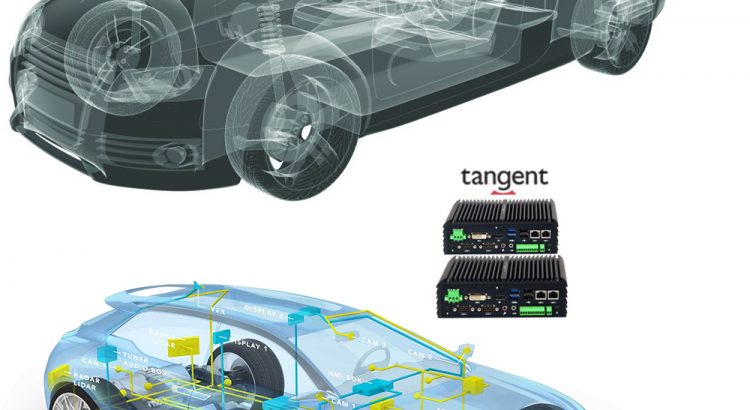The Tangent E2 industrial mini PC is a literal lightweight at 4.6lbs and a petite 7.28″ x 7.75″ x 2.26″ frame, so it is shocking that there are over 21 input/output ports packed into it. Not only are they plentify, some are brightly colored for ease of use in the dark. Why in the world […]
Category: healthcare technology
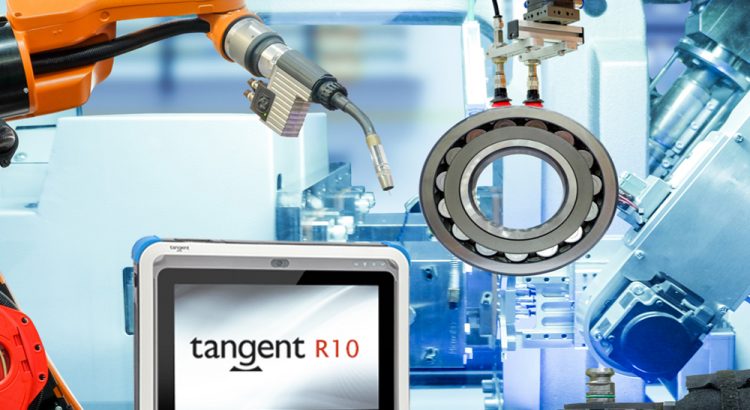
A Tablet to Fit Industrial Tasks
The job requirements for an industrial refinery’s quality control inspector are understandably hefty. They are required to monitor mechanical works in progress and evaluate completed work to ensure compliance with applicable codes and safety standards. In their work day, they are often on-site reviewing and comparing mechanical drawings for code compliance and for requirements on […]
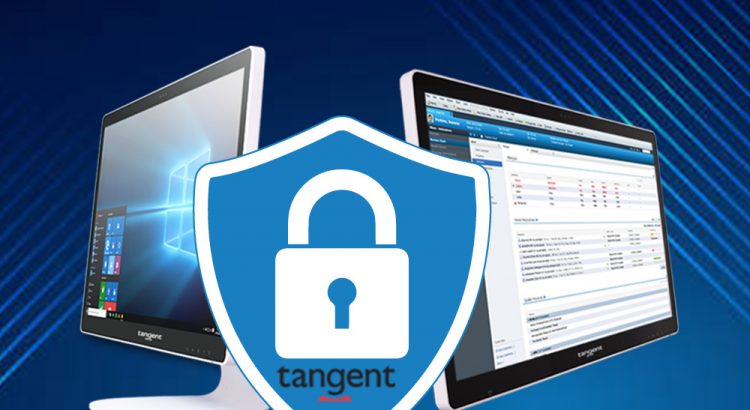
The Importance of Security and Medical Grade Hardware
On May 14th, Simon Pope, a director at the Microsoft Security Response Center, wrote a blog post urging users of older Windows operating systems to install security patches on their computers and take steps to secure themselves from a known vulnerability that could be exploited and result in worm infections and/or cyber attacks. The remote […]
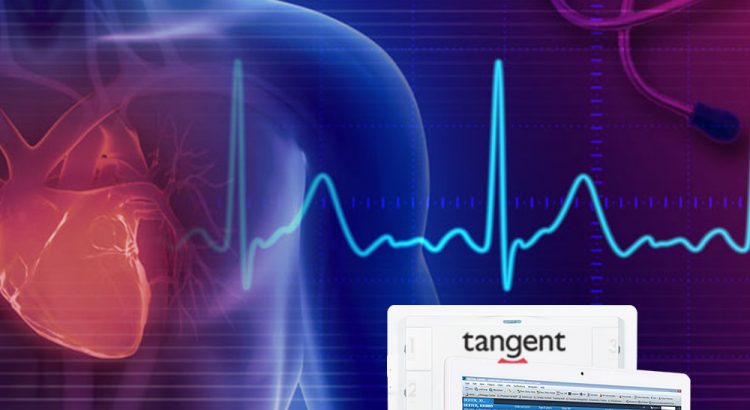
Every Minute Counts with Cardiac Arrest
When cardiac incidents occur in a hospital, every minute that passes can be a factor in whether the patient survives or not. According to Heart.org, in 2016, only about 25 percent of U.S. patients survived when their hearts stopped in a hospital. With how busy medical staff are and the amount of alerts going off […]
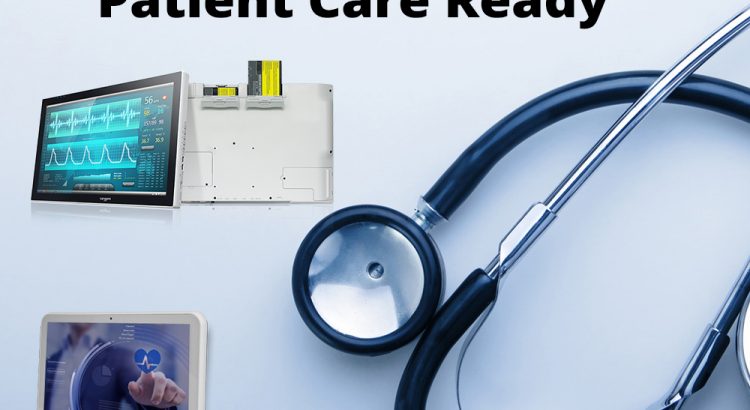
EHR and Patient Care Ready
Epic Systems is world-renowned for their electronic health records software, but their portfolio has expanded to do much more than just maintain records in the patient care space. They understandably have specific system requirements for successful use of all their powerful features. The recommended screen resolution on a system running Epic is 1920×1080 with at […]
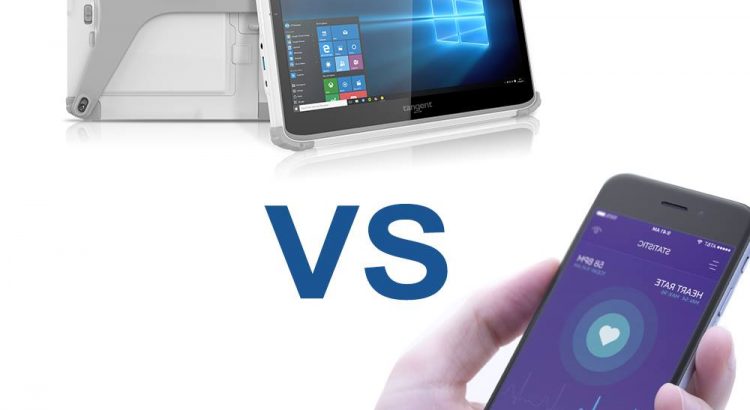
Mobile Phone vs Medical Tablet: What’s Best in Healthcare?
Technology you encounter at hospitals can be a tad confusing or funny at times. You see million dollar state-of-the-art scanners and treatment machines, but then you also see a doctor walk by with a 90s style pager clipped to their pocket. The reason for this is that they both suit their purpose best. The […]
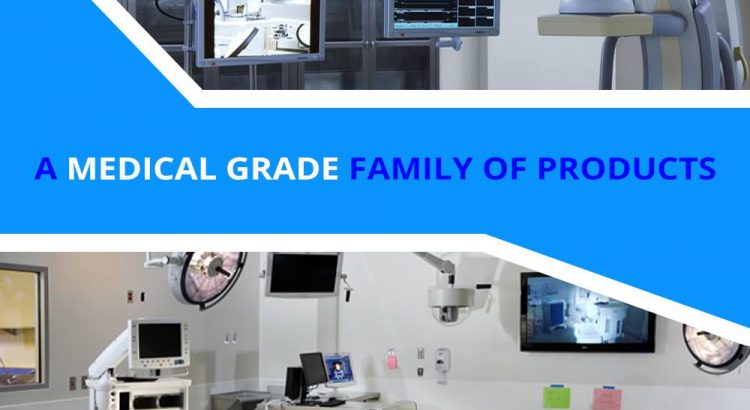
Medical Grade Family of Products
Integrating technology into hospital workflows has been massively transformational to a great many health care systems and providers. An article from Healthcare IT News discusses how a hospital in New York was able to leverage technology to monitor patients and reduce transfers to the ICU by 63%. Staff at Saratoga Hospital were taking patients’ vital […]
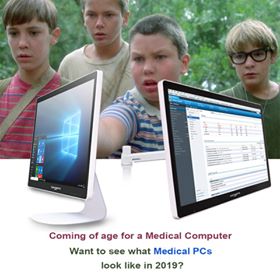
Coming of Age of a Medical Computer
Coming of Age of a Medical Computer In the 1990s, the term “medical computer” didn’t mean much more than a PC in a doctor’s office, or computers set up specifically for order entry, medical database access, or patient surveys. The equipment itself wasn’t anything special or purpose built for the medical field. Nowadays, a […]
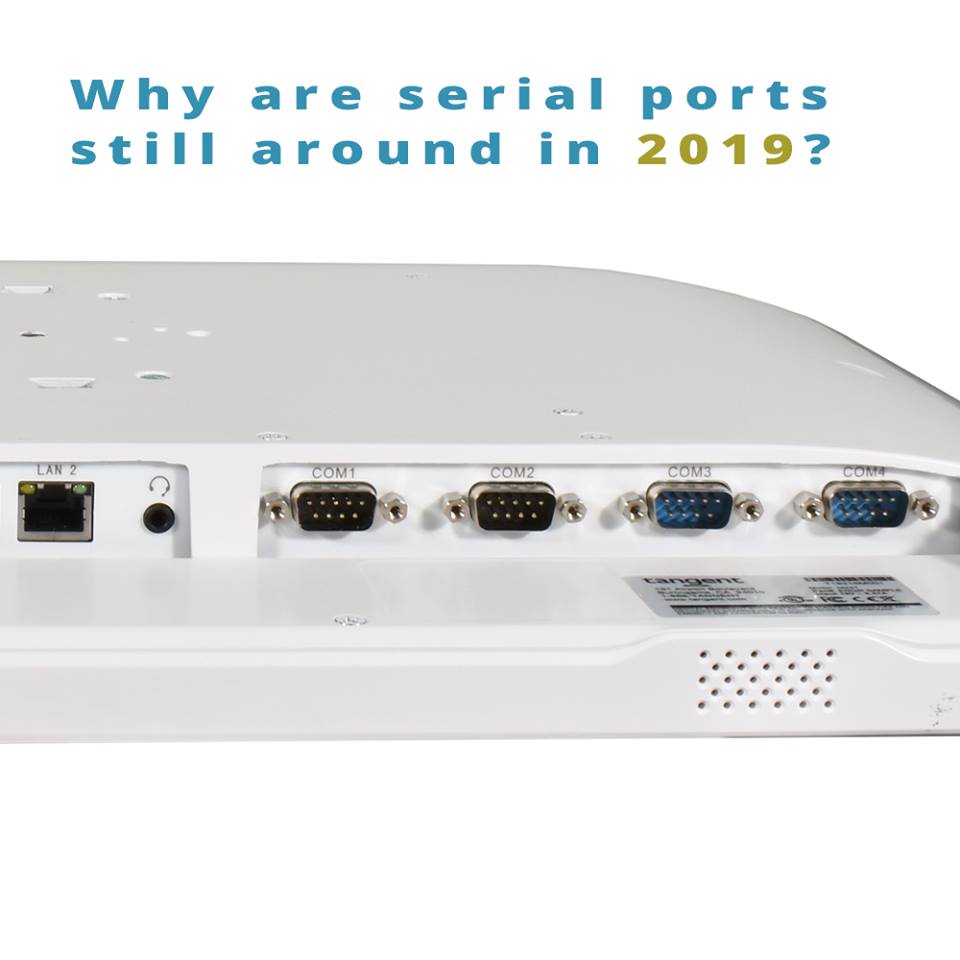
Serial Ports, A Dated Yet Necessary Feature
Serial Ports, An Included Legacy Component With as much new technology that Tangent packs into their all-in-one medical computers, one does not expect to see any sort of legacy components included. However, if you look at the I/O ports on the back of the Tangent M24T medical computer, something surprising is present: three RS-232 DB9 […]
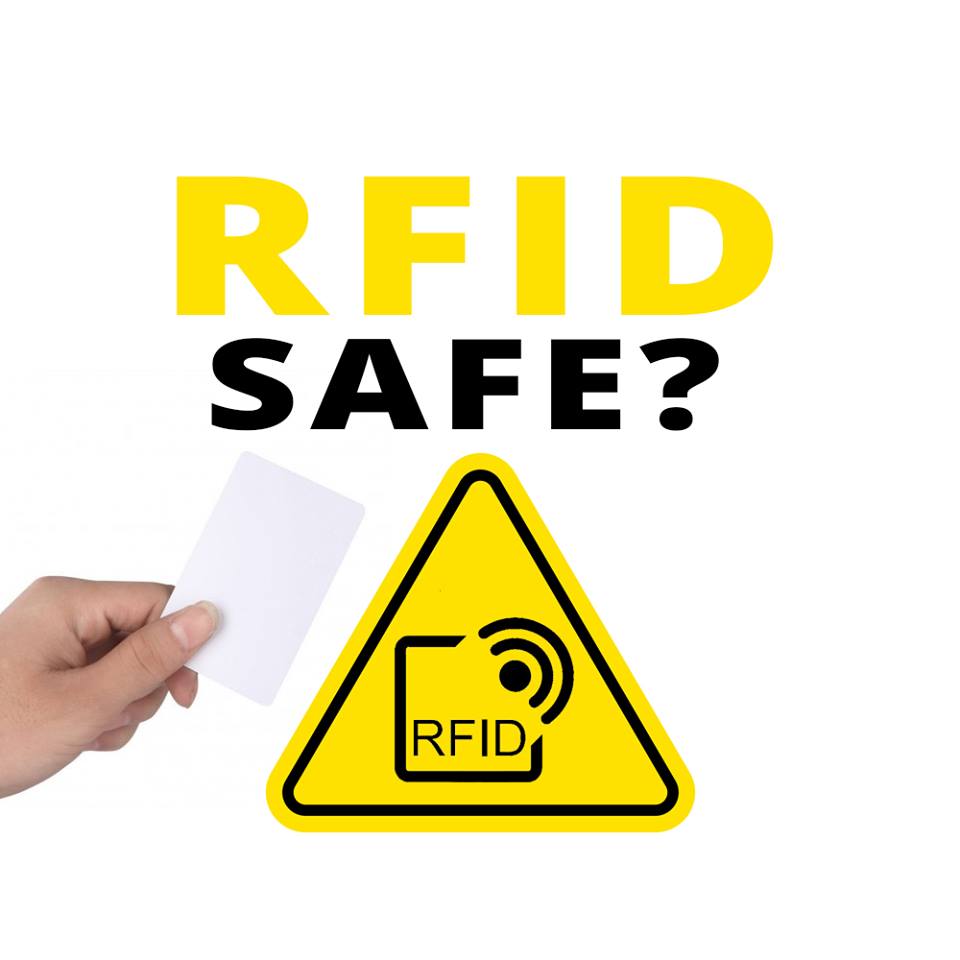
Is RFID Safe?
RFID (radio-frequency identification) technology has been found to generate considerable cost savings and increase efficiency in a variety of sectors like supply chain management, asset management, and information technology departments due to its ability to capture data without any human intervention. Utilizing RFID in healthcare has been explored with great interest in recent years […]
